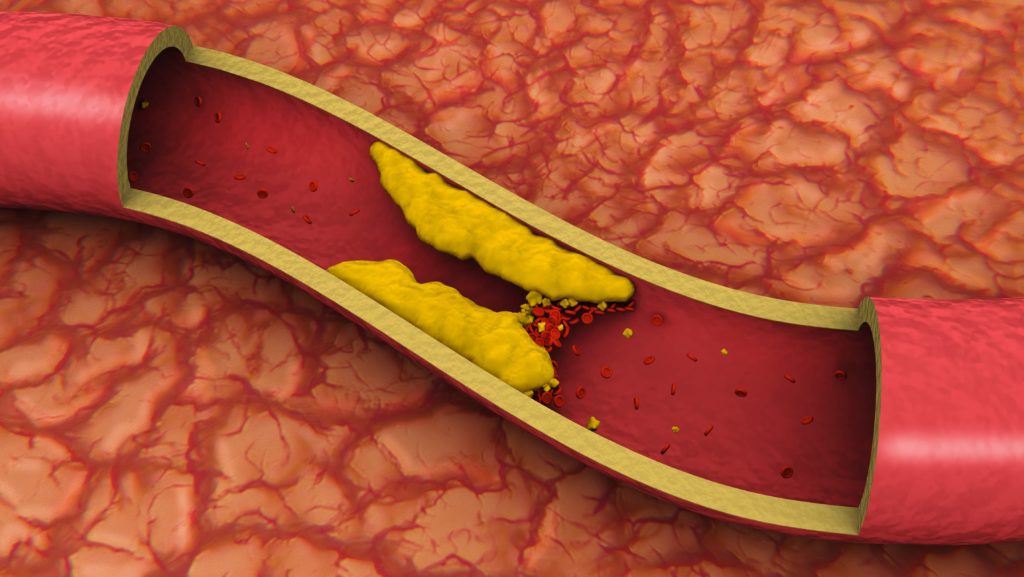What Is Deep Vein Thrombosis?

Deep vein thrombosis, or DVT, occurs when a blood clot forms in one of the deep veins in the body. These clots typically form in the lower leg, thigh, or pelvis, but can form in other areas as well. DVT can develop if you have a condition that affects how your blood clots, or it can arise if you remain sedentary for long periods of time, such as after surgery or on bed rest.
DVT can lead to serious health problems and can even be fatal. Symptoms of DVT, which don’t present for all patients, include swelling, pain or tenderness, warmth and redness in and around the affected area, and enlarged surface veins.
Life Stages and DVT
Unfortunately, women may not realize that they are at an increased risk for DVT during certain life stages. These include:
While on Birth Control: There are three types of birth control that contain estrogen: combination pills, the patch, and the ring. Because estrogen raises your blood’s clotting factors, taking one of these forms of birth control increases your risk of developing a blood clot by about three to four times.
During Pregnancy: Both while you’re expecting your baby and up to six weeks following delivery, your chances of developing DVT increase five to 10 times. This is because your body is experiencing significant hormonal and physical changes that can lead to clotting. Your blood flow slows, your uterus may press on your veins, and you are also more likely to be put on bed rest.
Throughout Hormone Replacement Therapy (HRT): To relieve the symptoms of menopause, some women choose to undergo estrogen (or estrogen and progestin) therapy. Again, because your hormones are affected, your risk of developing blood clots, and thus DVT, increases.
Unlocking DVT
Throughout your different life stages, remember to pay attention to your body and what it’s telling you. Ask yourself if you are experiencing pain, pressure, or heaviness in one or both of your legs. If you notice discomfort that is getting progressively worse or that is forcing you to limit your lifestyle, a visit to your doctor is important. He or she can perform a comprehensive exam to help diagnose DVT and provide an effective treatment plan. HS


